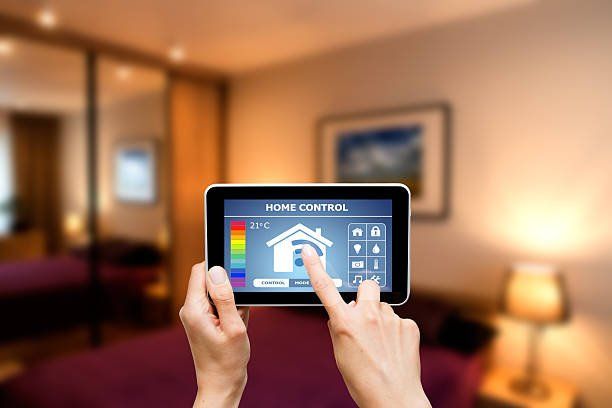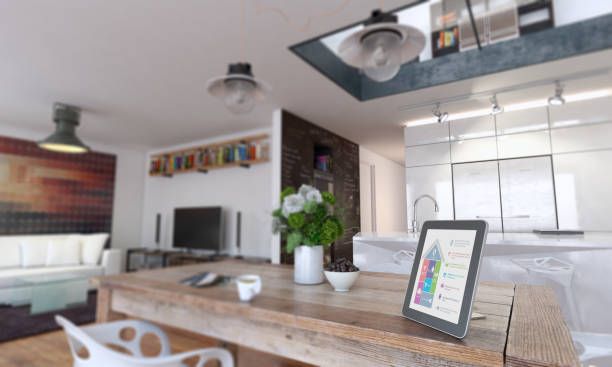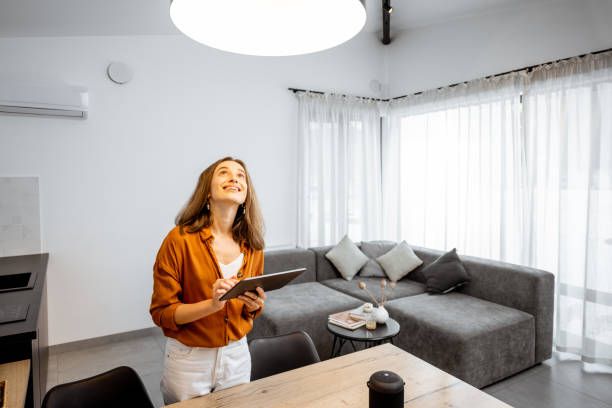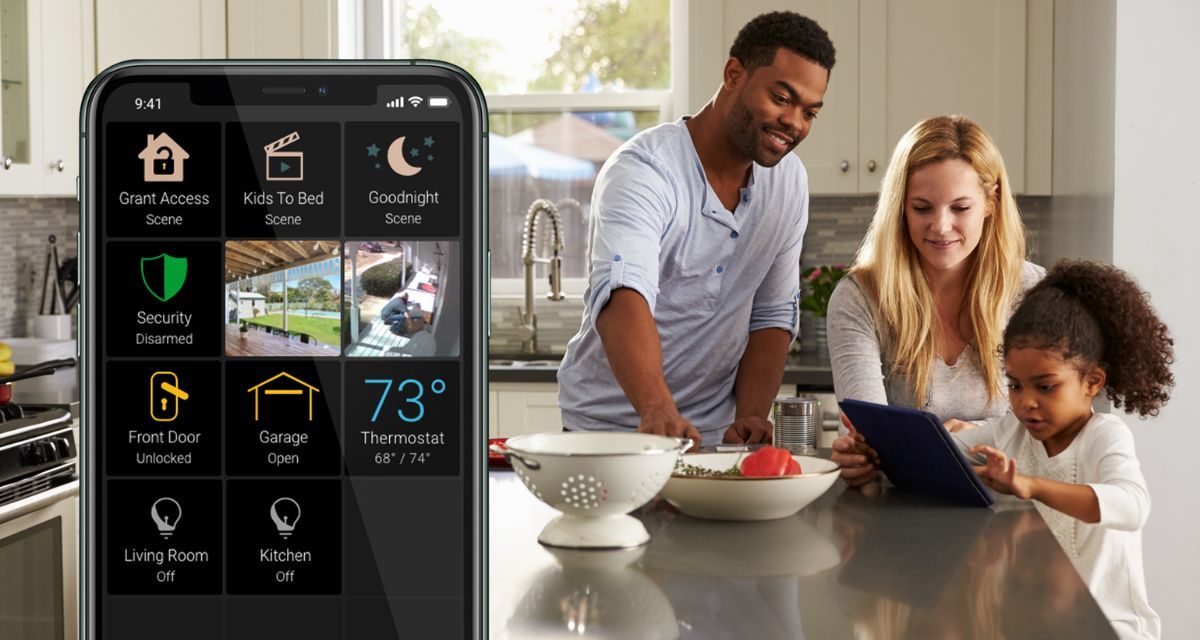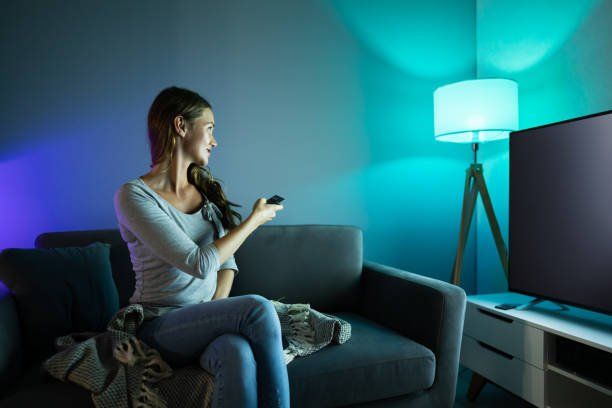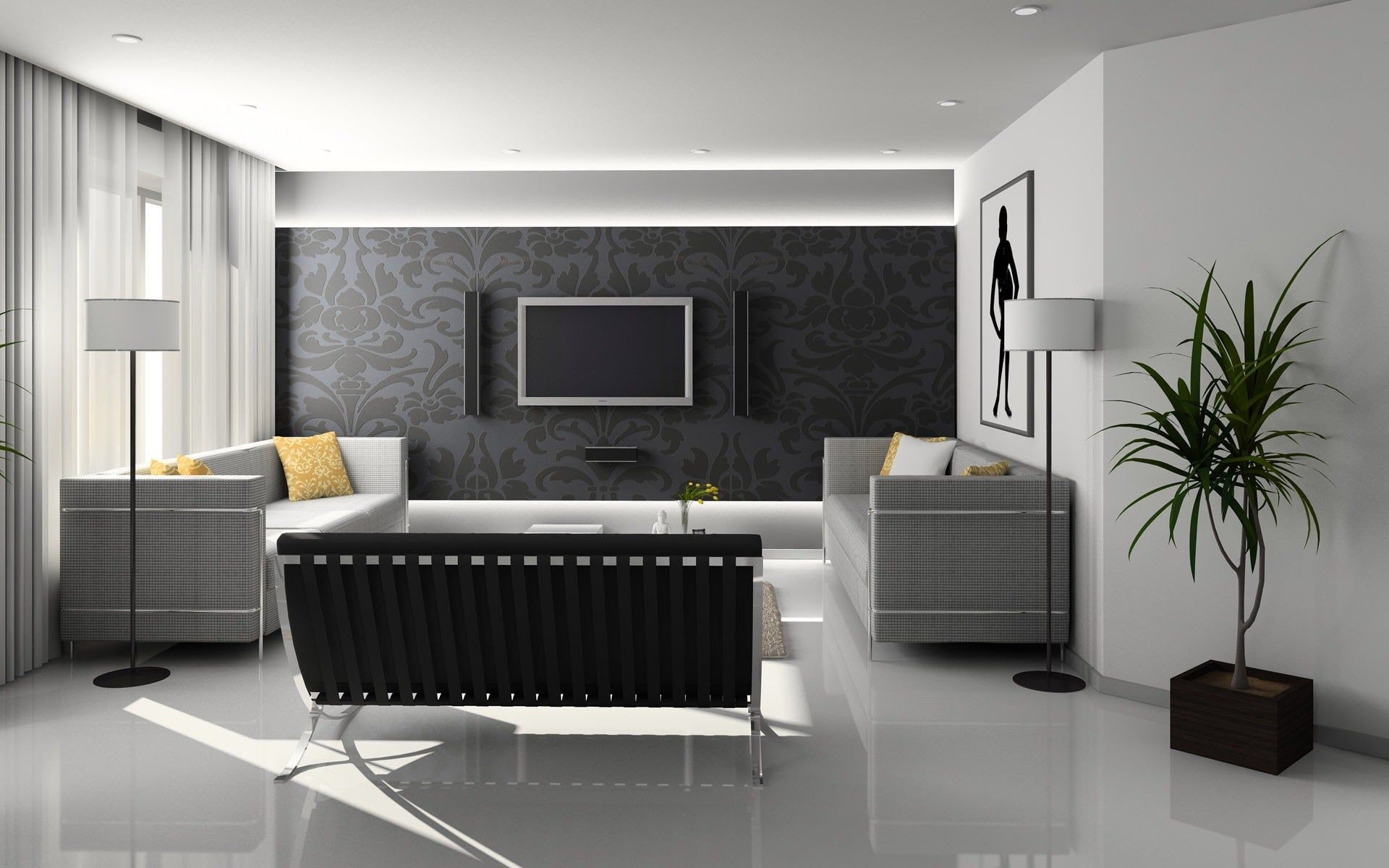How Big Should My Home Theater Be?
When determining the size of your home theater, there are numerous factors to consider. You'll want to make sure you have enough seating for all of your guests, but you'll also need to make room for the projector and screen. You don't want to be crammed in a while watching your favorite movie, but you also don't want the room to feel too big and empty.
So How Do You Decide How Big Your Home Theater Should Be?
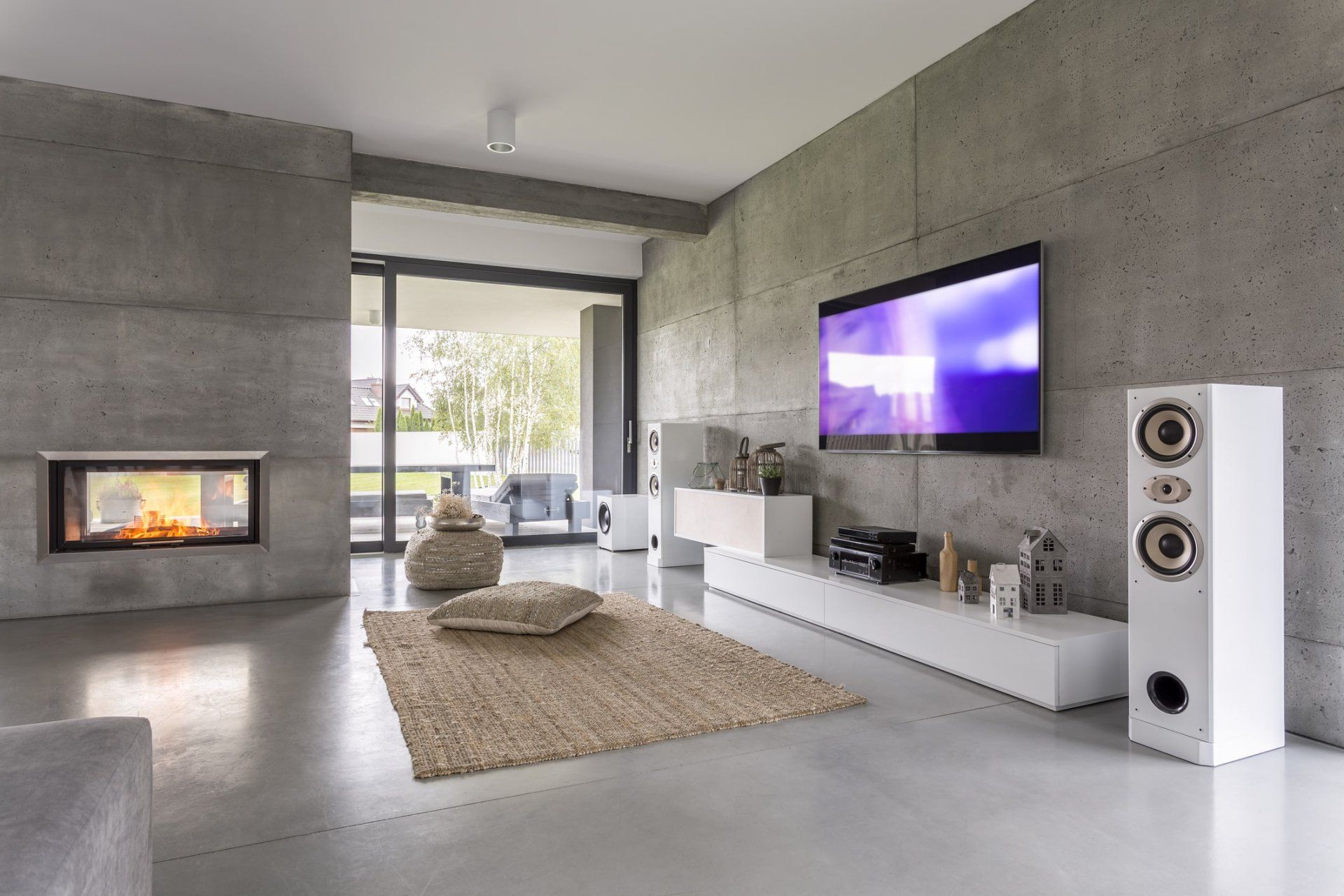
Making a list of what is important to you is the best place to start. What is the maximum number of people you want to be able to seat? How much free space do you have?
What type of projector and screen do you have or intend to get?
After you've answered all of these questions, the next step is to determine whether there are any other factors to consider before purchasing or renting a home theater. Some of the factors that may influence the size of your home theater are as follows:
The Size of the Screen
You can always install an acoustically transparent projection screen if you don't have enough space for a full-sized screen. These screens allow sound waves to pass through, reducing echoes and background noise while maintaining image quality. This is ideal for smaller spaces where you want a large screen but doesn't take up too much valuable floor space.
The Shape of the Room
You should also consider the shape of the room. The width, height, and length of your home theater will all have an impact on how big it feels. A long room is ideal for placing rows of seat back-to-back, whereas a tall room may be better suited to creating multiple levels with risers. You can always contact home theater company professionals to advice you on what room will suit your needs best.
The Seating Capacity
When designing your home theater, it's critical to consider your desired seating capacity. There are several approaches you can take depending on whether you want multiple rows, different types of seats, and so on.
For example, if you wanted to put two rows of five chairs in front of a three-meter-wide, 1.5-meter-high acoustically transparent screen, you'd need 1.88meters x 8 meters (1.88 m being 6 feet 6 inches which is the average height of an American).
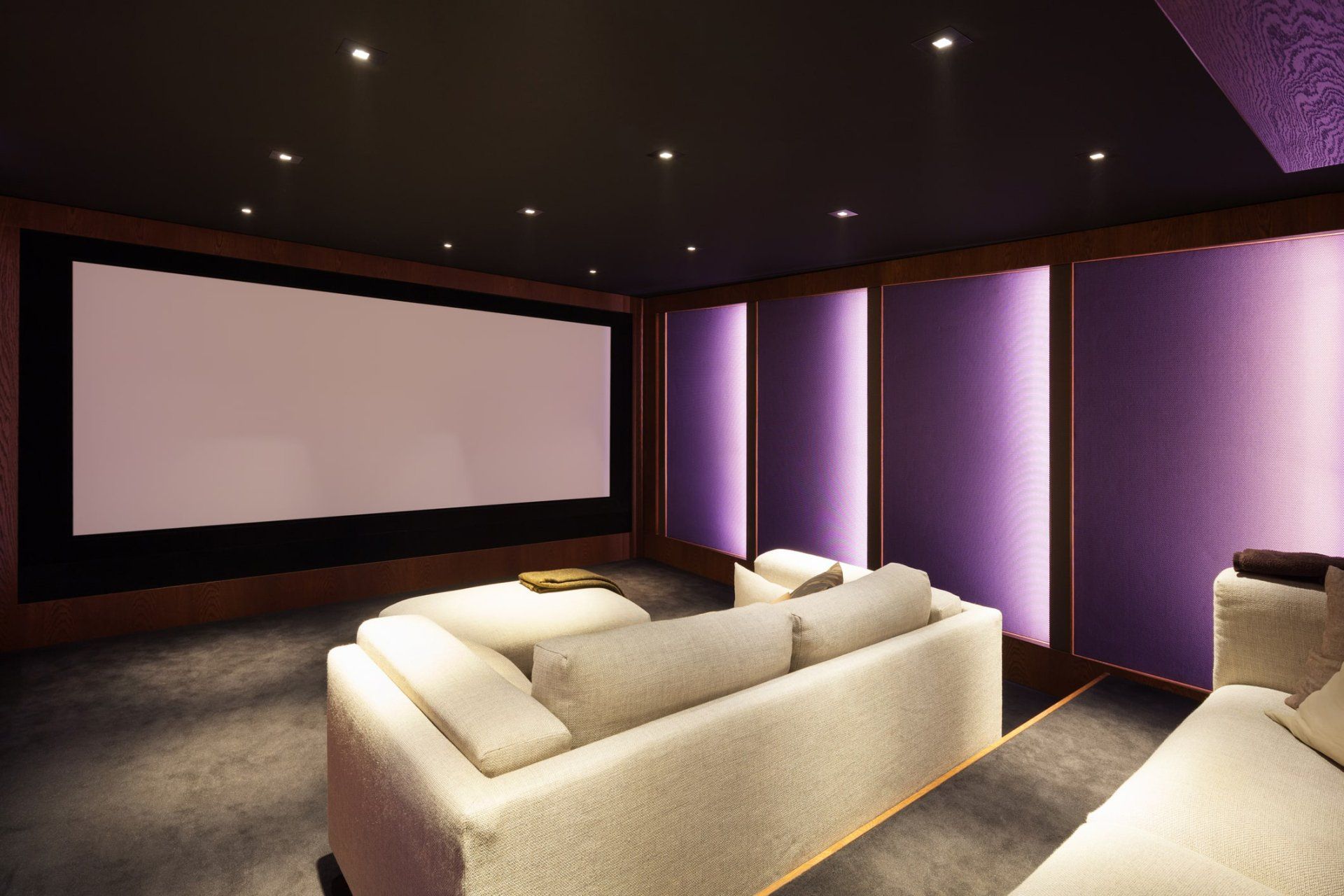
The Number of Guests
Another thing to think about when designing your home theater is how big it should be based on how many guests you expect. If you want to seat more than four people in your home theater, 16 square feet per person is a good starting point. However, if you expect 15 people at full capacity, you will need approximately 25 square feet per person.
If your movie nights typically consist of two or three people watching something alone, the ideal size would be 6-8 square feet per person, depending on the type of seating you have available. Your home theater company Seattle will be able to help you with designing the room with all the requirements of a modern-day home theater.
Placement of Projector and Screen
You will also want to determine whether you will place the projector and screen in a fixed location, or if you plan on moving it from time to time. If they are being moved, your measurements need to account for that. Also, think about what type of room the projector will be in? Will it be a dark room? Do you have blinds or drapes that need to stay closed until the movie starts playing?
The Sound
Another thing to consider is the quality of the sound. Your home theater's build acoustics will determine how much or little sound treatment you require. If your room is large and echoes, with many hard surfaces, you may need to install treatments such as sound absorption panels on the walls and ceiling.
This may impact the size of your home theater by necessitating more space for those materials, resulting in less seating available. On the other hand, if sound reinforcement isn't as important, a smaller room with more elbow room for those sitting down may be possible.
The Best Shapes for a Home Theater Room
The Golden Trapagon
This is an excellent location for a home theater. It's large enough to seat people while still allowing them to get up and move around. There is no dead space, and everything is reachable from any point in the room. This shape would also allow for various levels of viewing.
The Golden Cuboid
This is an ideal location for a medium-sized home theater. It's not too big or too small, but it's a good size for seating without sacrificing mobility or comfort.
The Normal Trapagon
This is a good size for general-purpose home theater seating. It's big enough to hold people and their snacks while remaining discreet and cozy in most average-sized living rooms. Because it's rough twice the size of a two-seat couch, this is also my recommended minimum number of seats when designing a room around home theater seating.
Bottom Line
Personal preference will determine the size of your home theater, If you intend to use this space as your primary living room, consider how you will use it throughout the day and week. At the end of the day any room, any space, can be fully customized to get your home theater just the way you want it.
Here it EZ home automation we live in breathe smart home automation and we live in breathe home theaters. If you would like us to come out take a look at your place and start the process from turning your home into a smart home or your room into a home theater call us today for something special.

